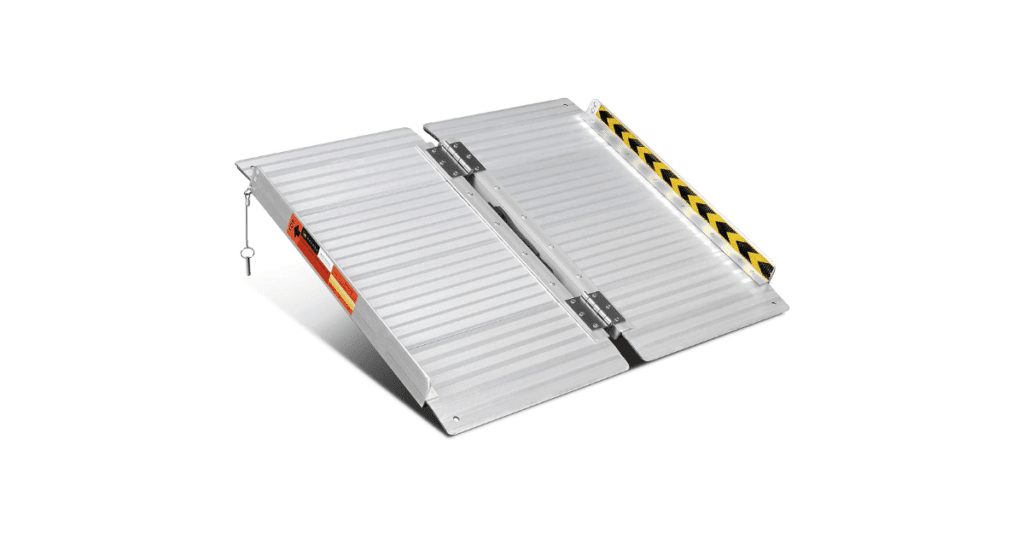Wheelchair cushions serve a critical purpose in providing comfort and support to individuals who use wheelchairs. They are designed to enhance seating posture, distribute pressure evenly to avoid skin breakdown, and offer stability and shock absorption.
With a variety of materials and designs available, choosing the right cushion is essential for individual health and mobility needs.
We understand the importance of selecting a cushion that offers comfort and suits specific medical requirements. Types of Wheelchair Cushions come in several forms, such as foam, gel, air, or a combination of materials, each with its own set of benefits and considerations.
For example, foam cushions are known for their firm support and ease of maintenance, while gel cushions are lauded for their pressure distribution properties.
Given our diverse needs and preferences, the market accommodates a range of wheelchair cushions. Identifying the right type involves examining factors such as the cushion’s durability, ease of cleaning, and compatibility with the wheelchair.
Understanding Wheelchair Cushions

When selecting a wheelchair cushion, we consider both the material used and the type of cushion to ensure comfort and support. Our choice is important for preventing pressure sores and improving posture.
Material Choices
Wheelchair cushions are made from a variety of materials, each offering different benefits. Let’s look at some common materials:
- Foam: Foam cushions are lightweight and provide a firm, supportive surface. They are typically the most cost-effective option. In terms of upkeep, foam cushions require less maintenance but may need regular replacement due to compression over time.
- Gel: Gel cushions are designed for maximum pressure relief and help in distributing weight evenly. They are often used in combination with foam to prevent the gel from bottoming out. These cushions can be heavier than foam and may require more maintenance.
- Air: Air cushions offer adjustable support by changing the air pressure. They excel in pressure relief and are easily customized to an individual’s needs. Air cushions require regular checks to ensure optimal air pressure levels.
Cushion Types
Cushion types are categorized based on their structure and function:
- Contoured cushions: These cushions have a shaped surface to provide enhanced postural support and pressure distribution. Contours can range from mild to aggressive, depending on the user’s needs.
- Flat cushions: A flat cushion is a uniform surface that can be made from foam, gel, or a combination of materials. These may be preferable for users who transfer frequently or do not require aggressive postural support.
Selecting the Right Cushion
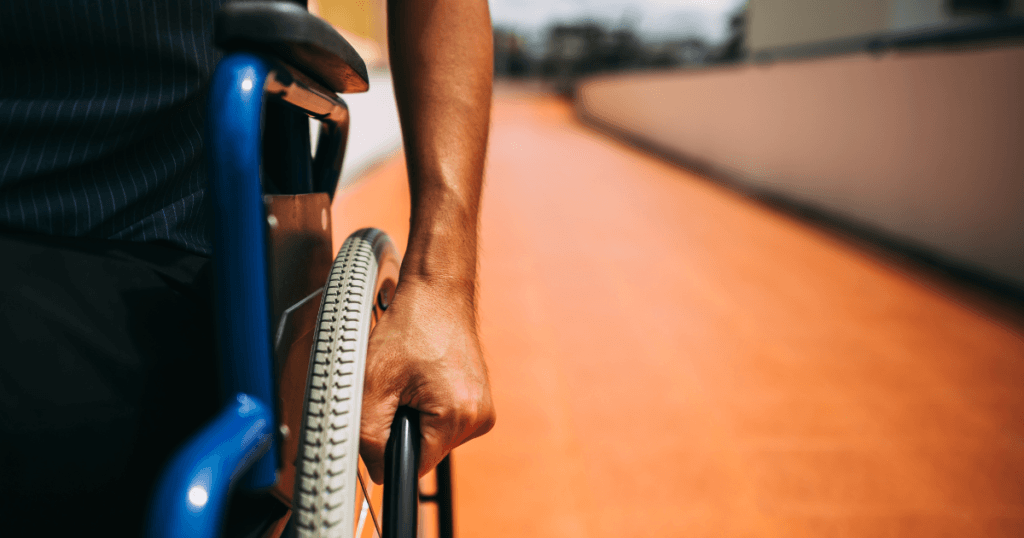
When choosing a cushion for a wheelchair, it’s essential to consider both comfort and pressure management to ensure optimal support and minimize the risks of pressure-related complications.
Comfort and Support
We recognize that individual needs vary significantly when it comes to wheelchair cushions. Comfort is a prime consideration, as wheelchair users often spend long periods seated. A cushion should provide a stable base that supports proper posture and weight distribution. The user’s weight must be taken into account, as some cushions are designed for heavier individuals, while others are better suited for lighter weights.
Key Features for Comfort and Support:
- Material: Memory foam, gel, or air chambers offer various comforts.
- Contouring: Custom or pre-shaped to fit the contours of the user’s body.
- Stability: Firm enough to facilitate transfers and daily activities.
Pressure Management
Effective pressure management can prevent pain and high-risk complications like pressure sores or ulcers. A cushion that provides pressure relief encourages blood circulation to avoid pressure build-up in high-risk areas. The right cushion should evenly distribute weight, minimizing pressure points.
Strategies for Pressure Management:
- Periodic Adjustments: Regular repositioning by the user or caregiver.
- Consultation: Guidance from a doctor or therapist is advised to assist in selecting an appropriate cushion.
- Pressure Mapping: Use this technique to identify high-pressure areas and select a cushion that helps in alleviating that pressure.
Utilizing firm, pressure-relieving materials like high-density foam, gel, or air can significantly affect pressure management. Regular assessment of the cushion’s effectiveness in pressure relief and the condition of the skin is advisable to ensure continued suitability and effectiveness.
Specialized Cushion Features
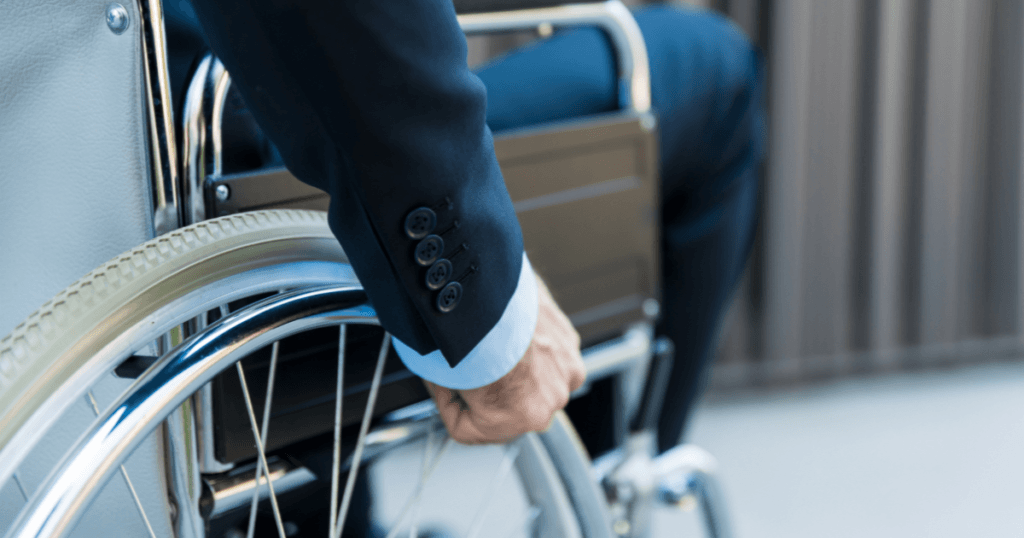
In this section, we’ll explore the functionalities that cater to specific needs, such as different weight capacities and cushion constructions designed for durability and individual adjustment.
Cushion Adjustments
Adjustable Features:
- Cushion Height: Certain cushions, like amputee cushions, can be customized in height for optimal comfort and positioning.
- Contoured Surfaces: We find that contoured cushions offer predefined shapes, such as pommels or lateral supports, to enhance postural stability.
- Honeycomb Cushion: This type of cushion often allows for airflow adjustments, enhancing comfort through temperature and moisture regulation.
Specialized Designs:
- Wedge Cushions: These are designed with a slope and are beneficial for users needing to prevent sliding forward (anti-thrust).
- Bariatric Cushion: Designed with a higher weight capacity, these cushions accommodate individuals who require a sturdier support structure.
Cushion Care and Durability
Maintenance Considerations:
- Easy to Clean: We must emphasize the importance of selecting cushions that offer straightforward maintenance, especially for cushions with intricate shapes, like contoured or honeycomb designs.
- Durability: Cushions should withstand regular use; hence, we look for options that balance cost versus expected lifespan.
Cost vs. Quality:
- Price: While more specialized features might increase the price, investing in durability often reduces long-term costs.
- Replacement Frequency: By choosing durable cushions, we reduce the frequency of required replacements, ultimately proving cost-effective.
Additional Considerations
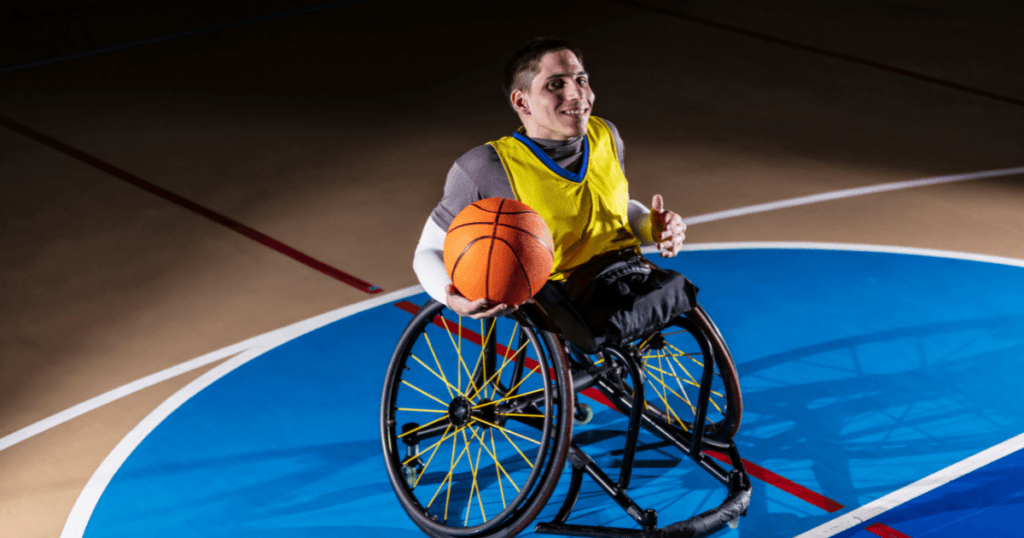
When selecting wheelchair cushions, it is crucial to consider how a cushion fits into a user’s lifestyle and the importance of professional advice. These factors can significantly impact comfort and health.
Accessibility and Lifestyle
We must look at how the cushion’s design affects daily activities. For active users, lightweight and portable cushions may offer greater convenience. It’s essential to examine cushion weight and features like waterproof covers or easy cleaning that make a cushion practical for any seat and situation.
Let’s consider the importance of breathability to prevent moisture build-up and shock absorption, which contributes to comfort during movement. Roho cushions are known for their skin protection qualities, and those with memory foam can adapt well to body weight and shape, thus helping maintain good posture.
- Lightweight: Enhances portability and ease of use.
- Durable: Ensures long-lasting service.
- Breathability: Minimizes the risk of skin issues.
- Shock Absorption: Provides comfort on rough terrain.
- Waterproof Cover: Adds convenience for outdoor activities.
Professional Consultation
Engaging with a physical therapist or visiting a seating clinic can be invaluable. These professionals help us determine the best wheelchair cushions for individual needs, particularly if someone experiences back pain or requires additional skin protection.
Experts often recommend Roho and alternating pressure cushions for those at risk of pressure sores. A physical therapist can also advise on how to avoid sliding and maintain ergonomic support, while a catalog of various cushions from a seating clinic or therapist provides diverse options to find a perfect fit.
- Physical Therapist: Guides on individual needs.
- Seating Clinic: Offers a variety of trial options.
- Skin Protection: Essential for preventing pressure sores.
- Back Pain: Specialized cushions can alleviate discomfort.
- Catalog: Helps in comparing different cushion types.
Why Trust Us
Our expertise in the field of mobility aids comes from years of dedicated research and collaboration with healthcare professionals. We ensure that our recommendations are based on scientific studies and user feedback, which allows us to provide clear and actionable advice.
- Experience: We have extensive experience analyzing and reviewing wheelchair accessories, reflected in our content’s quality.
- Research: We prioritize current findings from reputable sources for our guides and advice.
- Community Involvement: We actively engage with the wheelchair-using community to stay informed about the practical needs and preferences of wheelchair users.
- Professional Collaboration: Our work is often reviewed by medical professionals, ensuring accuracy and reliability.
Who Should Buy This
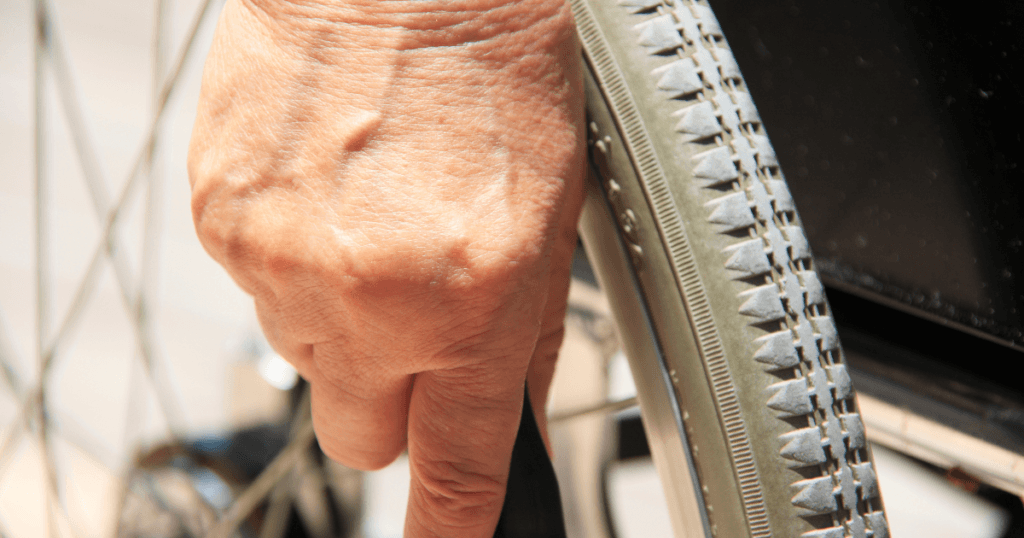
When considering the purchase of wheelchair cushions, we need to address the specific needs of the individual user. The following groups may find significant benefits in acquiring a wheelchair cushion:
- Individuals seeking pressure relief: Those who spend long hours in a wheelchair are at risk for pressure sores. Gel, foam, or air cushions can help distribute weight and relieve pressure points.
- Persons with spinal cord injuries: Proper support is crucial to prevent further complications. A contoured or customized cushion can provide the necessary support for spinal alignment.
- People with posture issues: Cushions with pommels or lateral supports help us maintain correct posture. This is vital for individuals with postural instability.
- Users requiring temperature regulation: Certain materials, like breathable fabric or specialized gel, can help us regulate temperature. This is an important aspect for those sensitive to heat or cold.
- Elderly persons: As we age, natural padding decreases, making a cushion a valuable addition for extra comfort and support.
Here’s a breakdown by cushion type and potential users:
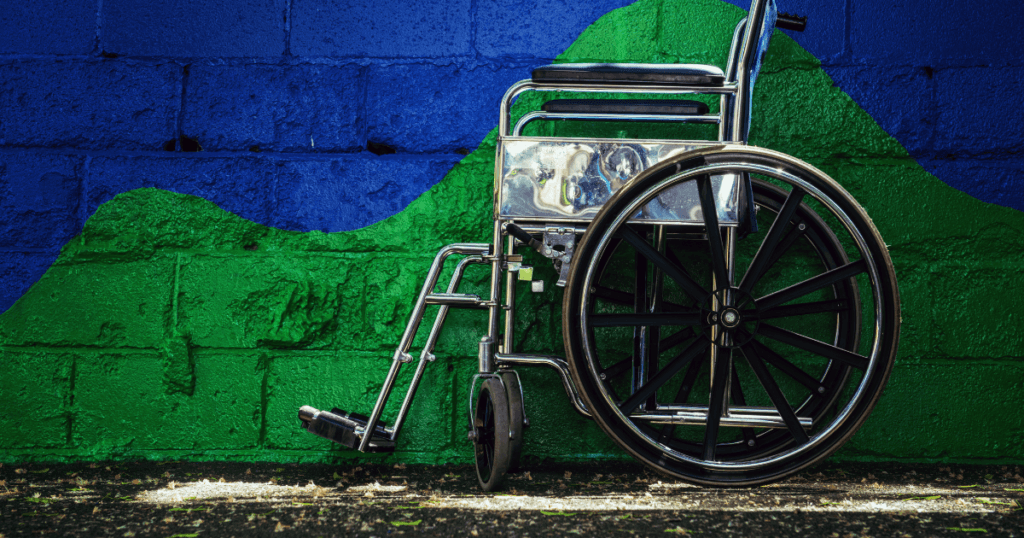
| Cushion Type | Ideal for Users with |
|---|---|
| Foam Cushions | Basic support and comfort needs |
| Gel Cushions | Pressure sore prevention and temperature sensitivity |
| Air Cushions | High risk of pressure sores and require adjustability |
| Contoured Cushions | Spinal cord injuries and posture support |
We must carefully assess our individual health needs, lifestyle, and wheelchair usage to make an informed decision regarding the type of cushion that would be most beneficial.
Conclusion
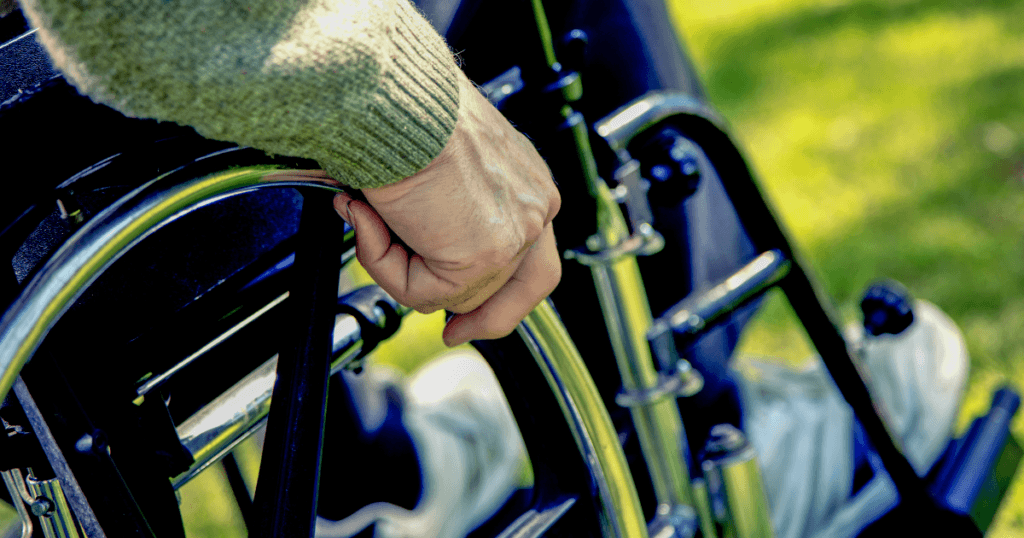
In assessing the various types of wheelchair cushions, we have discussed their distinct features and functions.
Comfort, support, and pressure relief are priorities that influence our choice of cushion. We understand that the individual’s specific needs and the nature of their disability play a crucial role in determining the most suitable type.
Gel, foam, air, or hybrid—each type offers unique benefits:
- Gel cushions provide excellent pressure distribution.
- Foam cushions are known for their simplicity and affordability.
- Air cushions offer customizable support and superior pressure relief.
- Hybrid cushions combine materials to leverage multiple benefits.
Furthermore, we acknowledge that the selection process involves more than just the cushion’s material. We must also consider factors such as the cushion’s size, shape, and maintenance requirements.
Lastly, we advise consulting with healthcare professionals to ensure that the chosen cushion matches our needs. Regular assessment and adjustments may be necessary to sustain the effectiveness of the cushion.
| Material | Main Benefits |
|---|---|
| Gel | Pressure distribution |
| Foam | Cost-effectiveness, simplicity |
| Air | Adjustability, pressure relief |
| Hybrid | Combined advantages of materials |
Our commitment to properly selecting and using wheelchair cushions can significantly impact our daily comfort and overall well-being.
Types Of Wheelchair Cushions FAQs
Does Medicare pay for wheelchair cushions?
A standard seat cushion (E2601, E2602) and a standard wheelchair back cushion (E2611, E2612) are reimbursable for a patient who possesses either a manual or a power wheelchair with a qualifying sling or solid seat/back, in accordance with Medicare’s coverage requirements.

